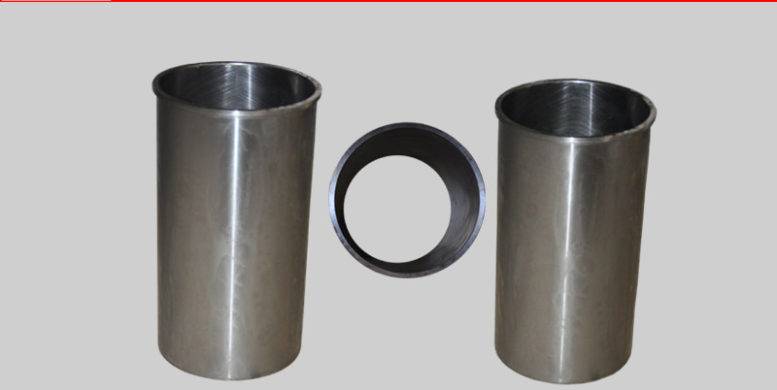CONTENTS :-
Introduction • Classification of cylinder liner • Function of cylinder liner • Material Selection • Cylinder liner manufacturing process • Liner gauging • Liner replacement • Conclusion
INTRODUCTION :-
A cylinder liner is a removable component, cylindrical in shape, inserted into the engine block. It provides the surface for the piston to slide and carry out its compression task. It can be replaced when worn out. Cylinder is commonly made of cast iron.
CLASSIFICATION OF CYLINDER LINER :-
Following are the various types of liners for I.C. engines: 1) Wet cylinder liners 2) Dry cylinder liners • We shall now discus the above mentioned liners Wet cylinder liners Dry cylinder liners
WET CYLINDER LINER :-
A wet liner cylinder walls that are entirely removable, which fit into the cylinder my means of gaskets. They are called wet liners as their outer surface come in direct contact with the engine coolant. I.e. here the liner is the entire wall not just a sleeve.
DRY CYLINDER LINER:-
Dry liner designs use either the block’s material or a separate liner inserted into the block to form the backbone of the cylinder wall. Additional sleeves are inserted within, thus dry on their outer surface. Dry liners have relatively thin walls compared with wet liners.
FUNCTION OF CYLINDER LINER :-
A cylinder liner is a cylindrical part to be fitted into an engine block to form a cylinder. It is one of the most important functional parts to make up the interior of an engine. These are main functions of Cylinder Liners. 1) Formation of sliding surface 2) Heat transfer 3) Compression gas sealing
MATERIAL SELECTION :-
Cylinder liners are traditionally manufactured from cast iron and are then either cast or pressed in to the engine block, which is often aluminum. Typically a machining process known as honing is used to apply the desired finish to the cylinder liner surface.
CYLINDER LINER MANUFACTURING PROCESS :-
There are two casting method of manufacturing cylinder liner 1) Sand casting 2) Centrifugal Casting • Sand Casting – Normally used for large, slow speed engines. • Centrifugal Casting – Normally used for medium and high Speed engine.
LINER GAUGING :-
Gauging a liner is carried out for two reasons: To establish the Wear rate of the liner, and to predict if and when the liner will require changing. A liner is gauged by measuring the diameter of the liner at fixed points down its length.
LINER REPLACEMENT :-
To replace a cylinder liner of a IC engine firstly we have to remove cylinder head and then piston from engine block and then check the condition of cylinder liner. After that liner is lifted by lifting tool and then a new liner is fitted. Liner lifting tool
CONCLUSION :-
The cylinder liner is responsible for ensuring the extremely hot exhaust does not damage the internal components of the engine. Due to its very important function, using replaceable cylinder liners can save time and costly machine work. Cylinder liners may crack because of poor cooling, improper fit of piston or pistons, incorrect installation, foreign bodies in the combustion space, or erosion and corrosion.



